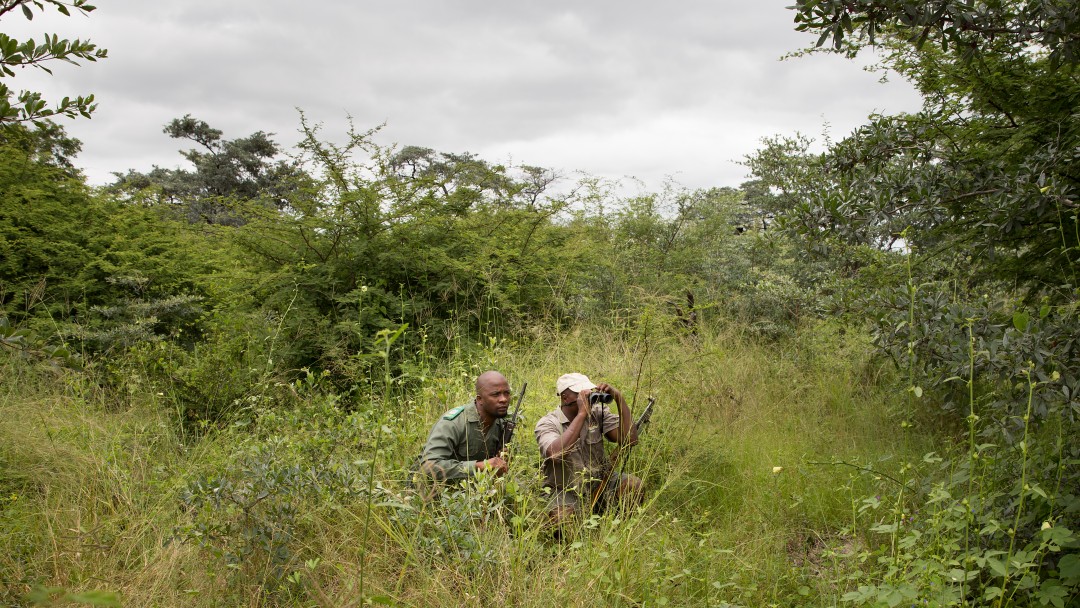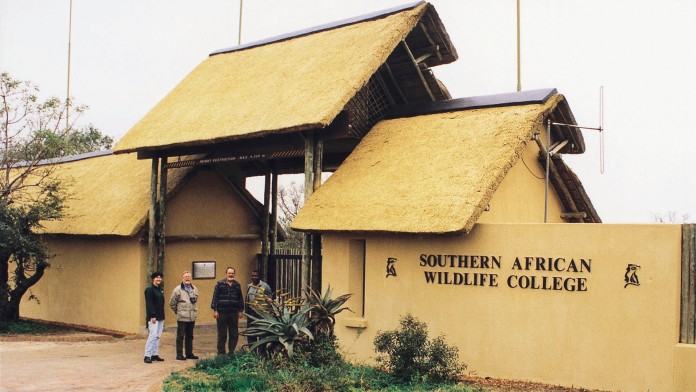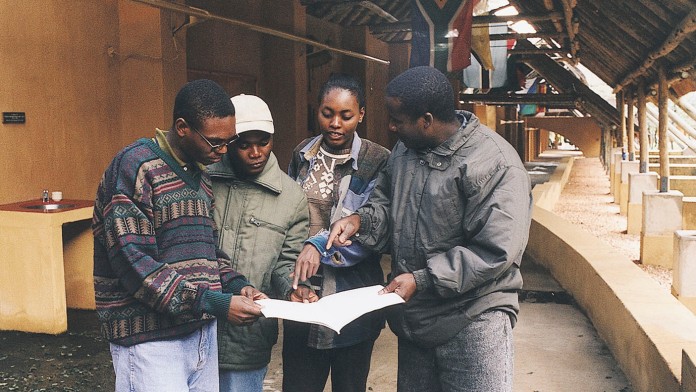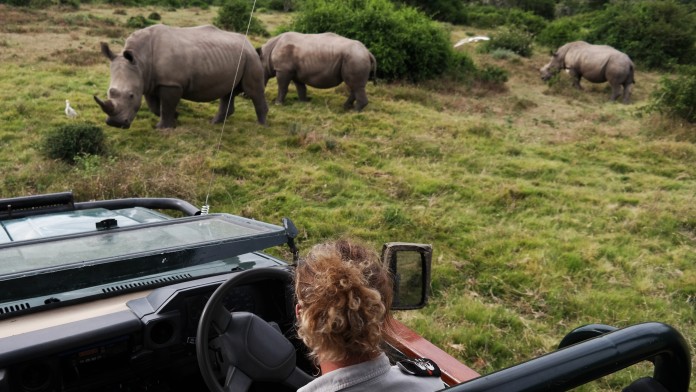

The landscapes in southern Africa soothe the soul, they say. They captivate with pristine nature, vast savannahs, exotic animals and lush and diverse flora. The natural beauty in this part of the world is legendary. And not just because of the awe-inspiring “big five” that live here: elephants, rhinos, buffalo, lions and leopards. But also because of the rich flora, the most famous of which is the baobab or tree of life. But the fig-mulberry or the fever tree are also native to this region and very popular owing to their special charm.
Not least due to the great diversity of species, a great deal of land has recently been placed under protection in this region, in some cases even across borders. Southern Africa now has 18 transfrontier protected areas, including KAZA, the largest network of protected areas in the world. Its name stands for “Kavango Zambesi” and passes through the five countries Angola, Botswana, Namibia, Zambia and Zimbabwe. It is roughly equivalent in size to Spain. KfW has supported the project from the very beginning on behalf of the German Federal Government and is one of its most important donors.
However, in order to protect and manage so much land efficiently, a sufficient number of well-trained personnel are needed. This is why the WWF South Africa together with the Peace Parks Foundation set up the Southern African Wildlife College in 1997. The main campus of this training centre for nature conservation is located in the South African Kruger National Park. It is considered one of the best schools of its kind on the African continent because it trains rangers and aspiring wildlife managers in all disciplines relevant to natural resource conservation and tourism.

In the meantime, around 20,000 young people have already learned about park management, ecosystems and biodiversity, but also about poaching, the neighbouring communities and how to involve them in decisions and profits, as well as about ethical, moral and human rights aspects. “The training is broad-based and very intensive,” is how project manager Nils Meyer describes the college’s mission.
The activities of wildlife rangers not only protect animals (and plants), they also have to be able to understand the situation of the local population, negotiate use contracts and help create plans and maps. The training courses therefore also include units on participatory nature conservation and community-based approaches to natural resource management. Key responsibilities include talking to the neighbouring communities about the importance of nature conservation and at the same time not losing sight of their economic situation.

In order to keep up with the times, the college’s curricula are continuously adapted to reflect international guidelines and standards. The teachers are internationally recognised experts in their respective fields. “All this taken together guarantees a high-quality standard of training,” says Meyer.
KfW has been supporting the Wildlife College on behalf of the German Federal Ministry for Economic Cooperation and Development with a total of EUR 9 million since 1995. The initial focus was on setting up the institution. Later on, KfW financed the further expansion of the campus and the field ranger camp using environmentally friendly materials and technologies. Further investments in regional training are in the pipeline, some of which will be carried out jointly with the college. This includes, for example, mobile training units that make it possible to teach outside the main campus right in the respective protected areas of the region. KfW also finances scholarships for talented but poor students, including seven scholarships every year just for young women.
“We want,” as one of the trainers, Ruben de Kock, once said, “young people to see this task as a ‘global’ one. “They are expected to make a conscious decision for nature conservation, but understand that the job is bigger.” The graduates need their knowledge about biodiversity and environmental protection, about the interaction between humans and nature not only in the parks, but also bring it back to their communities and even to other countries. And most important of all is the ultimate goal: to preserve nature - in its beauty and as a commodity - for future generations.
Share page
To share the content of this page with your network, click on one of the icons below.
Note on data protection: When you share content, your personal data is transferred to the selected network.
Data protection
Alternatively, you can also copy the short link: https://www.kfw-entwicklungsbank.de/s/enzBXlZw
Copy link Link copied